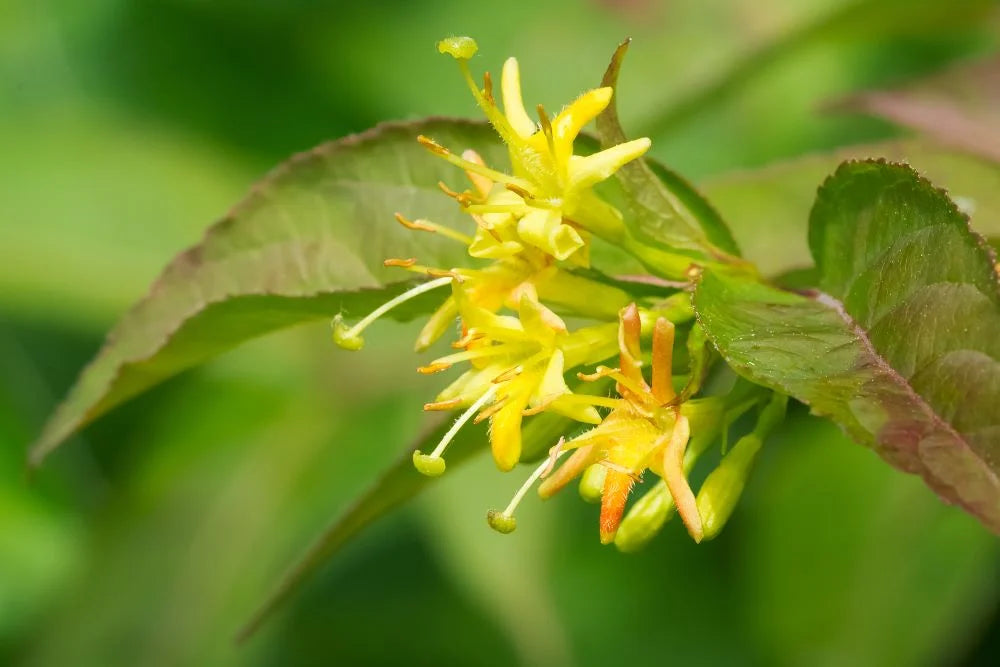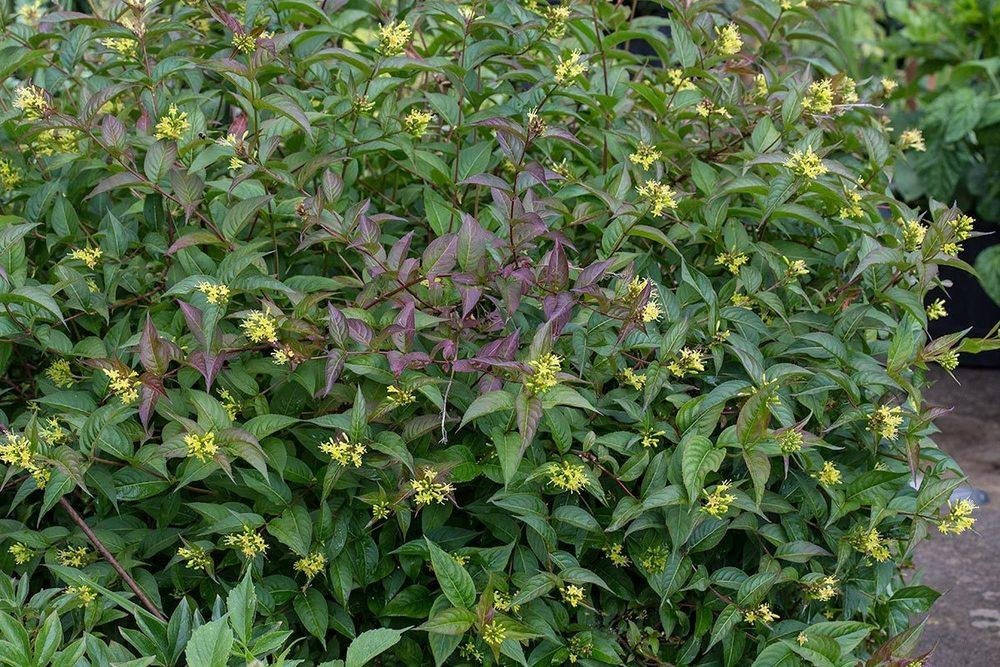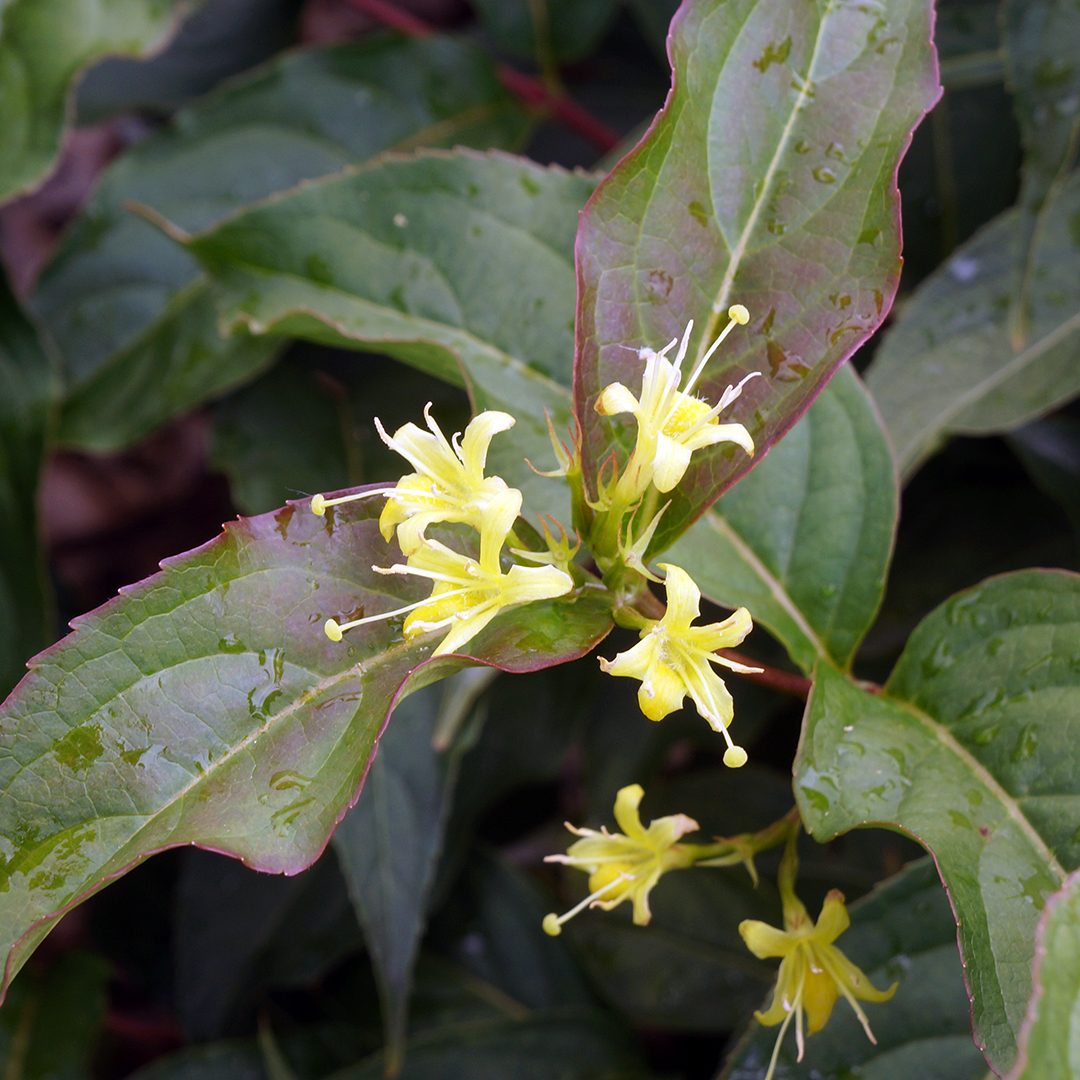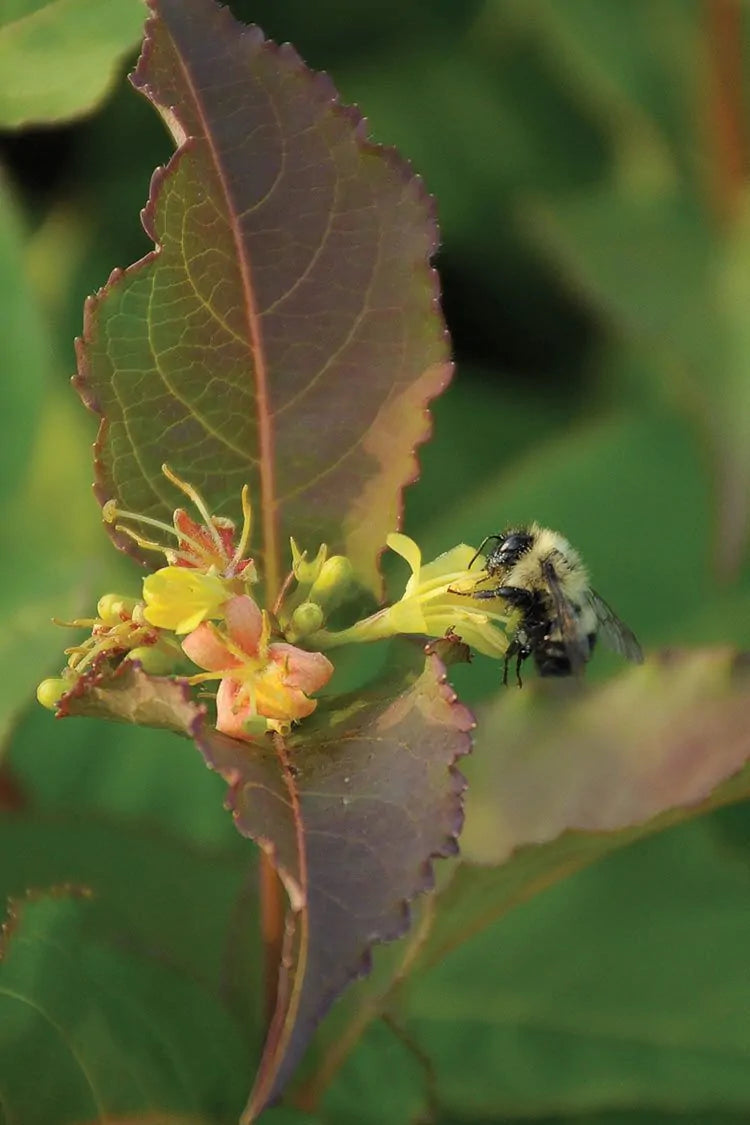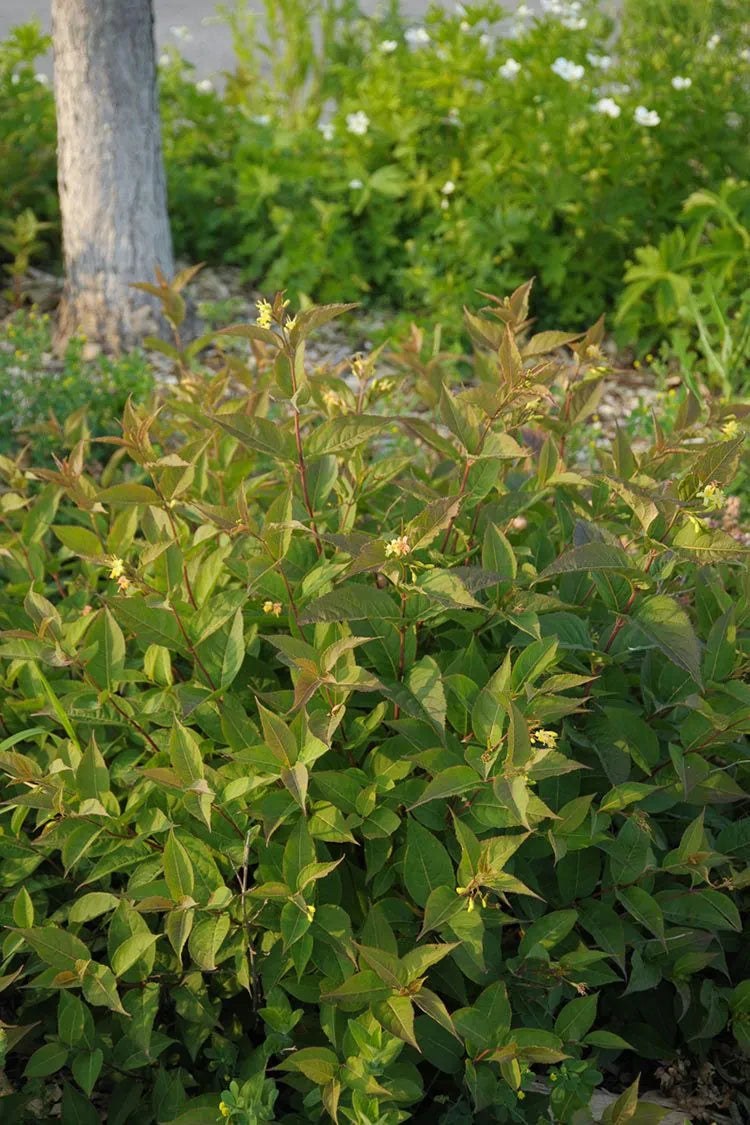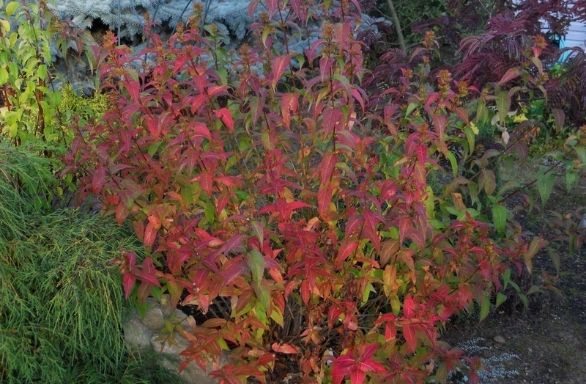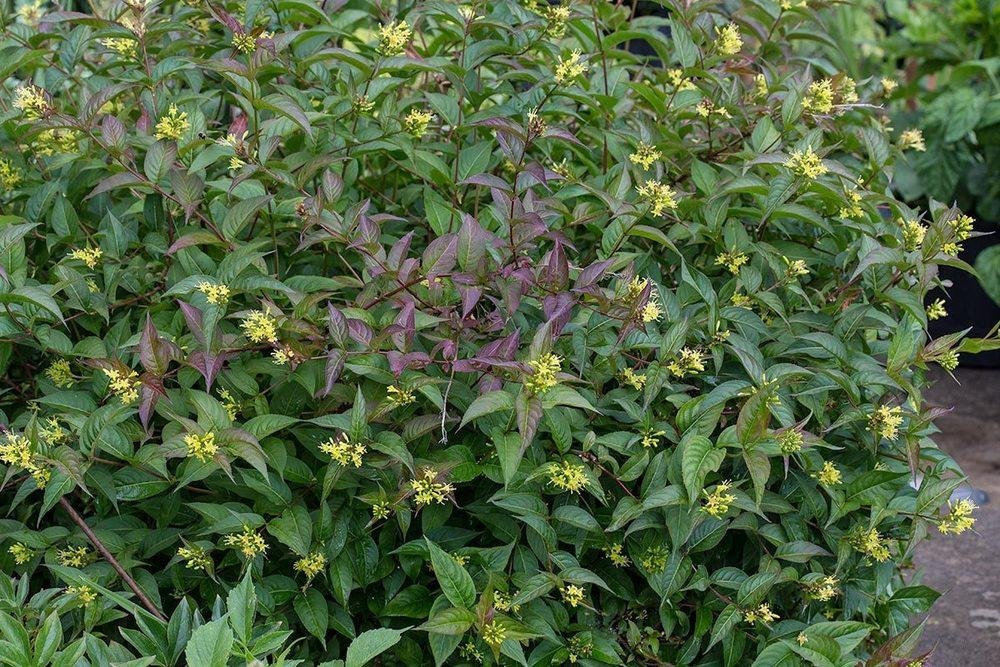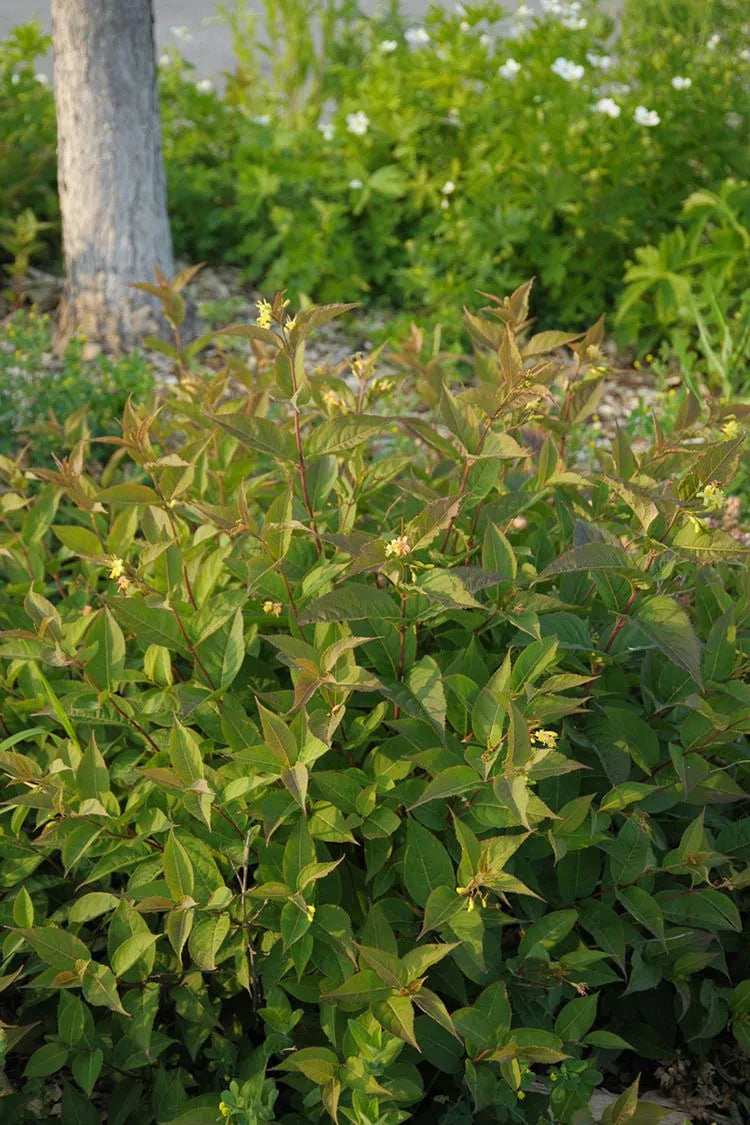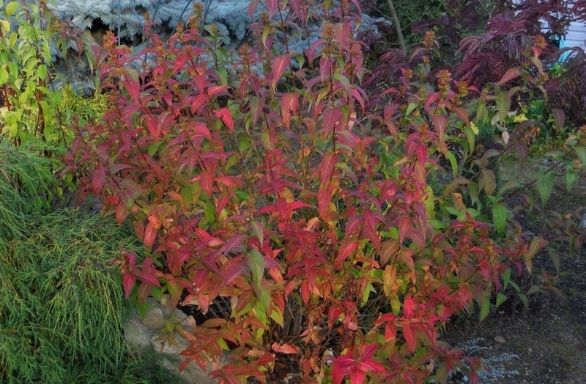SH
Northern Bush Honeysuckle (Diervilla lonicera)
Northern Bush Honeysuckle (Diervilla lonicera)
Couldn't load pickup availability
Bush Honeysuckle has dense, dark green foliage that turns yellow-orange, then red to purple in the autumn. The color will be more dramatic on plantings that receive more sunlight. Not a true honeysuckle, this small, mound-shaped shrub will spread to form thickets over time, making it a good choice for massing, hedgerows or shrub borders. The yellow honeysuckle-like flowers, which turn reddish in color as they mature, attract butterflies and other pollinators. The fruit capsules are desirable to many songbirds, in autumn and winter. Bush Honeysuckle is a host plant for the Laurel Sphinx moth and the Snowberry Clearwing.
This drought tolerant native shrub adapts easily to poor, rocky soils. Bush Honeysuckle (Diervilla sp.) is not to be confused with invasive honeysuckles. Morrow's honeysuckle, Tatarian honeysuckle, Amur honeysuckle, and Japanese honeysuckle (Lonicera spp.) are all invasive and non-native. Somewhat similar in appearance, native and invasive honeysuckles can be distinguish by looking at the stems - native honeysuckles have solid stems while invasive honeysuckles have hollow stems.
Attracts: 🐛 🐝 🐦
Light: full sun to part shade
Soil: dry to medium
